Starting your programming journey can feel overwhelming, especially if you have no background in computer science. The terminology, logic, and sheer number of programming languages might leave you wondering where to even begin. The good news? It doesn’t have to be that complicated.
One of the best things about today’s learning landscape is the availability of platforms that make learning programming more accessible and structured. Whether you’re completely new to the world of coding or you’ve dabbled with it before, the key to success lies in how you approach your learning and what resources you stick with.

Here’s how to get started with confidence, even if you’re starting from scratch.
1. Start Small, Stay Consistent
For beginners, one of the biggest challenges is feeling like you need to know everything at once. The truth is, you don’t. The goal is to start small and focus on mastering the fundamentals before moving on to more complex concepts. Many beginners make the mistake of bouncing between tutorials, books, or languages, which can lead to frustration. Pick one resource, and stick with it until you complete it.

The platform you choose doesn’t have to be fancy, as long as it provides clear, structured lessons that build on each other. This is where ease of use becomes crucial. As a beginner, your energy should be spent learning the concepts, not struggling with a complicated learning interface. A simple, intuitive platform can help you stay on track and focused on what matters.
2. Follow a Clear Learning Path
Programming isn’t just about writing code—it’s about problem-solving and understanding how computers think. The path you follow in learning programming should gradually introduce you to these concepts, starting with the basics and moving toward more advanced topics.
Don’t rush through lessons. A common beginner mistake is trying to go through a curriculum as quickly as possible without absorbing the material. Programming requires understanding, not just completion, so make sure you’re taking the time to fully grasp the concepts before moving on.
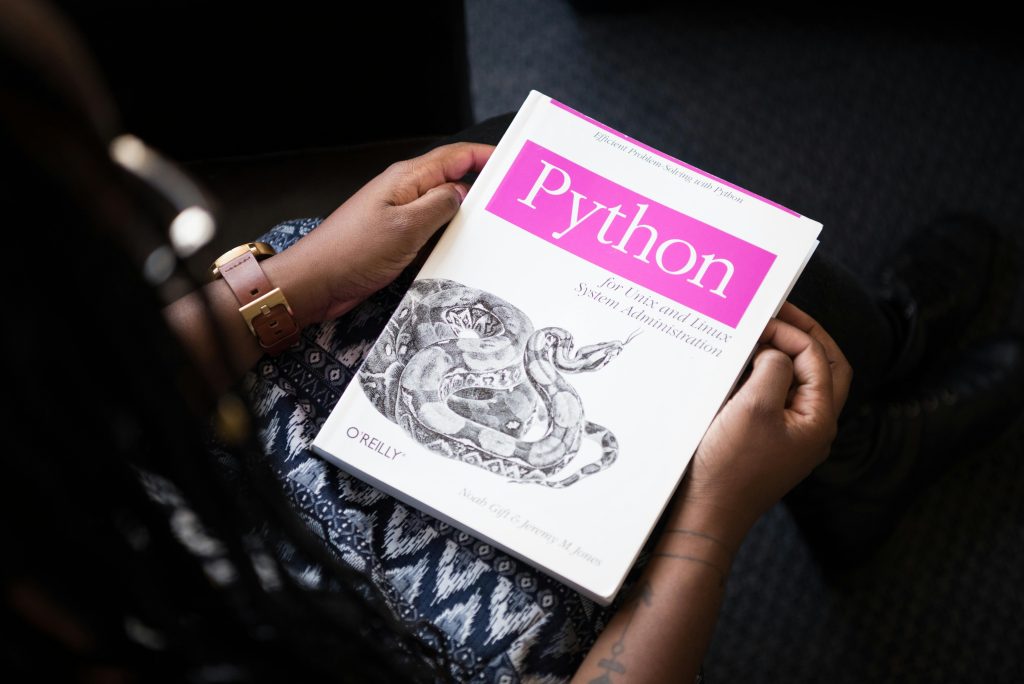
The best way to approach this is by following a structured learning path. Many platforms provide step-by-step guidance for absolute beginners, starting with basic syntax, simple logic structures, and gradually moving into more complex problem-solving techniques. Stick to this path and avoid the temptation to jump ahead or try other languages until you’re confident in your foundation.
3. Practice Coding Daily
Programming is a skill, and like any skill, the more you practice, the better you’ll get. However, this doesn’t mean you need to code for hours every day—short, focused practice sessions are more effective than long, unfocused ones.
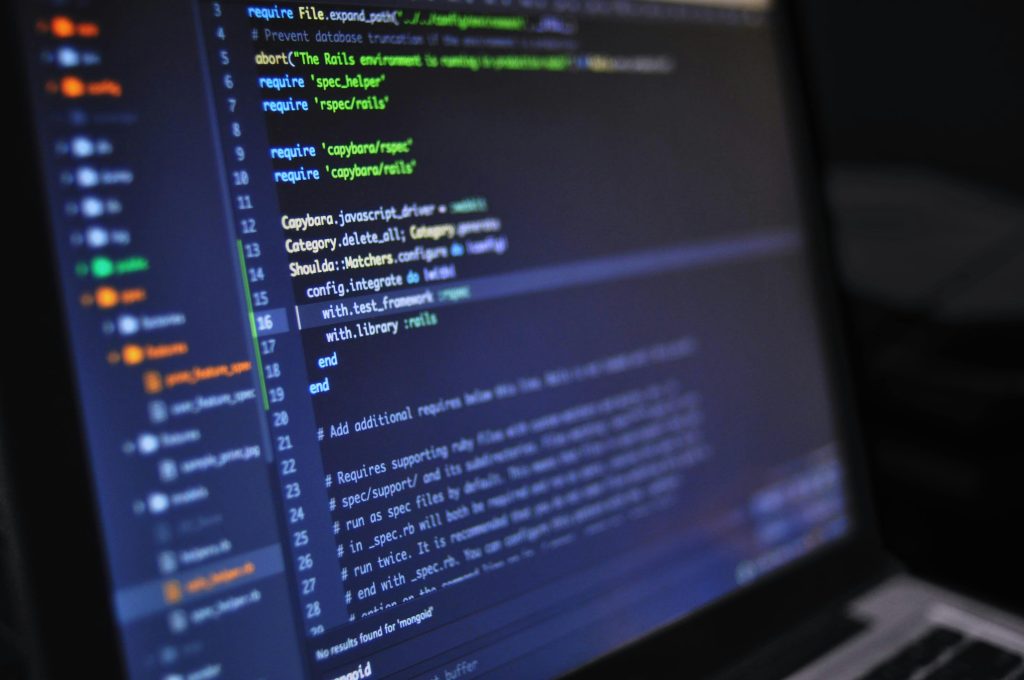
Even 20-30 minutes a day can make a big difference over time. The key is consistency. When learning to code, it’s essential to practice regularly to help the concepts stick in your mind. Over time, you’ll find yourself getting more comfortable with the syntax, logic, and flow of coding.
If the platform you’re using provides coding exercises, use them as part of your daily practice. Don’t worry if you don’t get everything right on the first try—that’s part of the learning process. As a beginner, it’s important to build a habit of problem-solving through trial and error.
4. Learn by Doing, Not Just Watching
Watching tutorials or reading through lessons is useful, but the real learning happens when you start coding yourself. Don’t be a passive learner. To get the most out of any coding course or tutorial, you need to actively write code, experiment with it, and break things along the way.

When you’re watching a video or following a tutorial, pause frequently and try writing the code yourself. This will give you hands-on experience and allow you to apply what you’re learning. Coding is not about memorizing syntax; it’s about learning to think logically and solve problems, and the best way to do that is by coding as much as possible.
If you get stuck, don’t give up. Use the platform’s forums or other online communities to ask questions. Chances are, other beginners have had the same questions, and you can learn from their experiences.
5. Build Small Projects
Once you’ve gone through the basic lessons and feel comfortable with the fundamentals, start building your own small projects. It could be as simple as a calculator, a to-do list app, or even a small game. These projects don’t have to be impressive; the goal is to apply what you’ve learned in a practical way.
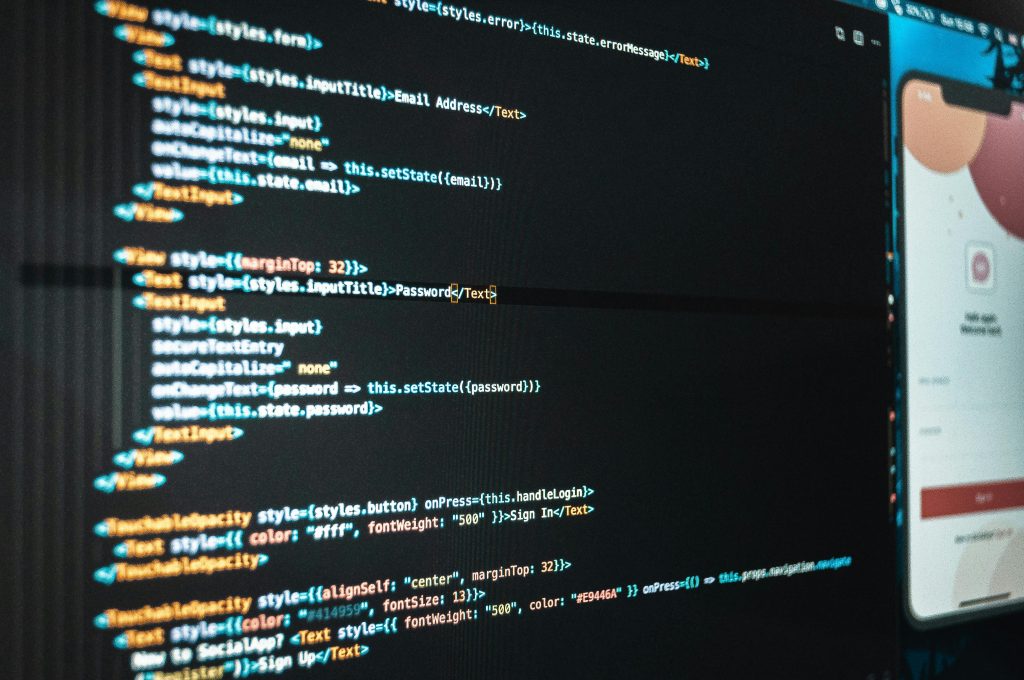
Building projects helps solidify your understanding of programming concepts. It also gives you something tangible to show for your efforts, which can be motivating. More importantly, these projects will give you a sense of how to break down problems and solve them with code—an essential skill for any programmer.
Starting with small projects also allows you to make mistakes in a safe environment. You’ll learn how to troubleshoot errors, optimize code, and think critically about how to implement features. These skills will become invaluable as you advance in your programming journey.
6. Stick With One Language
As a beginner, you might be tempted to explore multiple programming languages at once. While there’s value in learning different languages eventually, it’s better to focus on one until you have a solid understanding of how programming works in general.

The most common recommendation for beginners is to start with a language like Python or JavaScript, as these are widely used and have simple, readable syntax. However, whatever language you choose, stick with it for a while. Jumping between languages can lead to confusion and slow your progress.
Once you’re comfortable with the basics in one language, picking up others will become much easier because you’ll already understand the fundamental concepts that apply across most programming languages.
7. Don’t Rush the Process
It’s important to remember that learning to program is a journey. Don’t rush it. Give yourself time to learn, make mistakes, and understand the logic behind what you’re doing. Everyone learns at their own pace, and programming is no different. The more time and effort you put in, the more proficient you’ll become.

While platforms may make it easy to start coding quickly, becoming truly proficient takes time and practice. The key is to stay patient and motivated throughout the learning process.
Conclusion
Starting your programming journey doesn’t have to be daunting. With the right mindset and approach, anyone—regardless of background—can learn how to code. Choose a platform that simplifies the learning process, and use it as a tool to build your skills consistently. Stick with a single resource, follow a structured learning path, and focus on practicing regularly.
Above all, remember that coding is about solving problems and thinking critically, not just writing lines of code. By following these practical tips, you’ll set yourself up for success as you begin your journey into the world of programming.
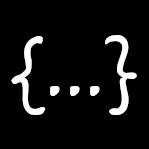
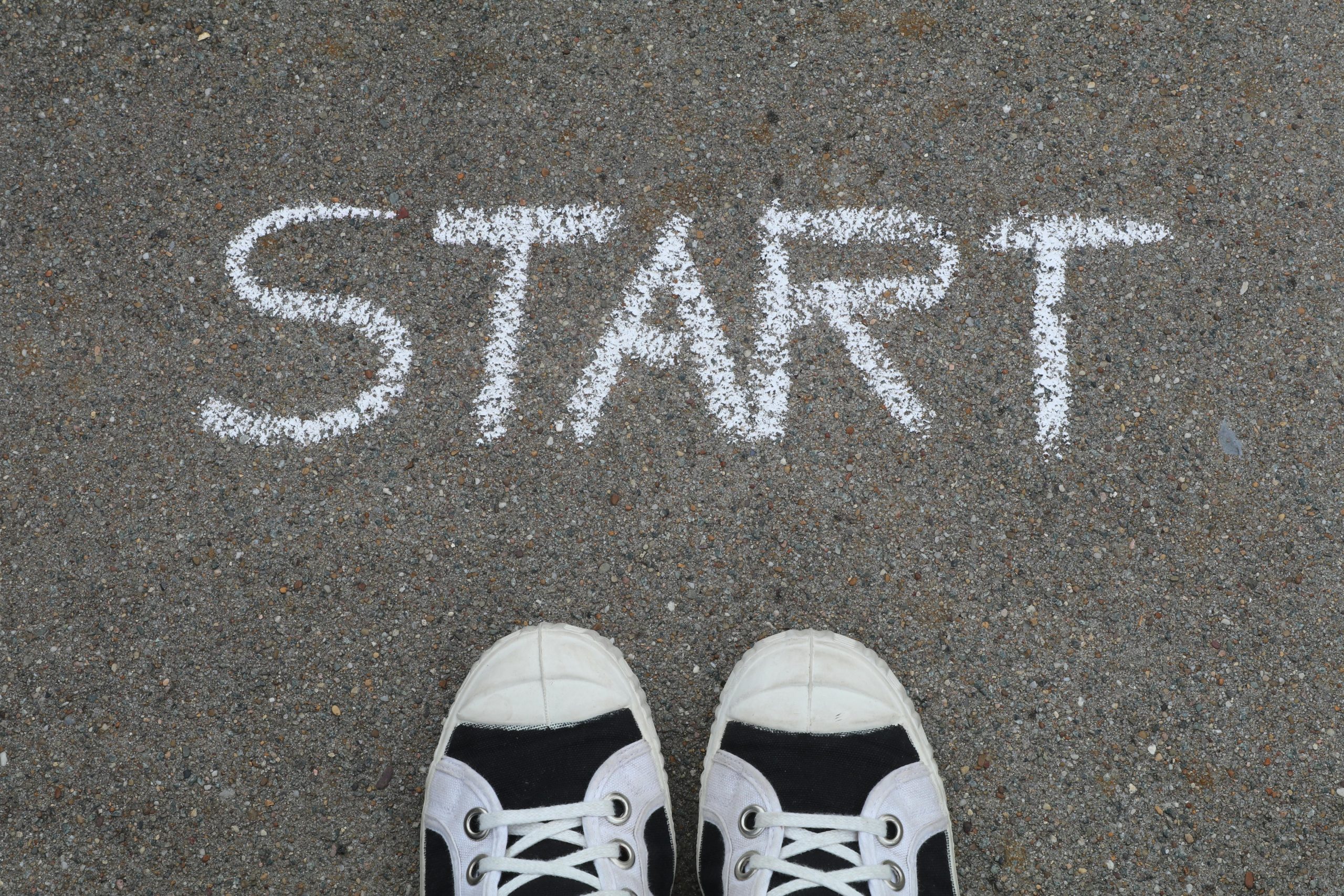
Leave a Reply